The Studebaker Lark is a budget-friendly slice of the ’60s
If the Aston Martin DB5 is to James Bond what the Yugo is to Rodney Dangerfield, then what’s the Studebaker Lark?
Judging by the company’s sponsorship of a popular 1960s family TV comedy, it’s Mister Ed, as in the talking horse. Regardless, Studebaker was a genuine player in its time, and the 1959–66 Lark embraced innovations that continue today—all on an impressive budget.
“Studebaker developed the original 1959 Lark from its older Champion and Commander models, and much of these earlier designs lingers [sic] on in the Daytona,” wrote Car Life about the new Lark Daytona convertible in its April 1962 issue. That meant trouble from the get-go, considering the rapid progress of the Big Three. “To begin with, the car is quite heavy for its size,” the test revealed. “The Lark is the only compact with a separate body and frame. Add to this the bulk of a V-8 engine … (and) in tight turns, the front end plowed badly.”
The magazine credited its test Lark, which featured the 259-cubic-inch, 180-hp standard V-8, with energetic performance. “Fortunately, our Daytona was powered to overcome its bulk and proved quite brisk through its automatic gears,” the review added. Other ’62 powertrains included a 112-hp Skybolt Six, a larger 289-cubic-inch Thunderbolt V-8, four-barrel carburetion, four-on-the-floor, and dual exhausts. Take that, Olds 4-4-2!
In hindsight, this Studebaker was actually oh-so-close to greatness. The holdup? Frankly, it lacked curb appeal. When the Lark debuted for 1959, the South Bend, Indiana, company focused on providing “style, economy, and performance,” while painting brochures with superlatives like, “The most exciting compact in America today.” But as the 1950s ended, interest in frumpy designs like the Lark’s was fast waning among buyers, prompting Studebaker to retain designer Brooks Stevens to align the Lark with the times. A Hail Mary at best, his facelift included a more emphatic, Mercedes-Benz–style grille and quad headlights, a flatter hood, swoopy body-side character lines, longer quarter panels with Thunderbird-esque taillights, and a modernized interior. Doubling down, Studebaker called the updated Lark Daytona convertible and hardtop “America’s new action car.”

For 1962–63, Studebaker spun eight different models off the Lark platform, including a two-door sedan; hardtop and Daytona hardtop; a convertible and Daytona convertible (109-inch wheelbase); a four-door sedan and well-appointed Cruiser; and a station wagon (113-inch wheelbase). Startling features included a Skytop sunroof, front Power-Grip disc brakes (a first for American cars), a Supercharged Jet-Thrust V-8 with up to 290 horsepower (more than a 1962 AC Cobra 260), a limited-slip differential, and the ambitious Daytona Wagonaire. This evolution of the previous wagon featured a sliding rear roof panel, dramatically increasing storage capacity and allowing “open-air” motoring or glamping under the stars.
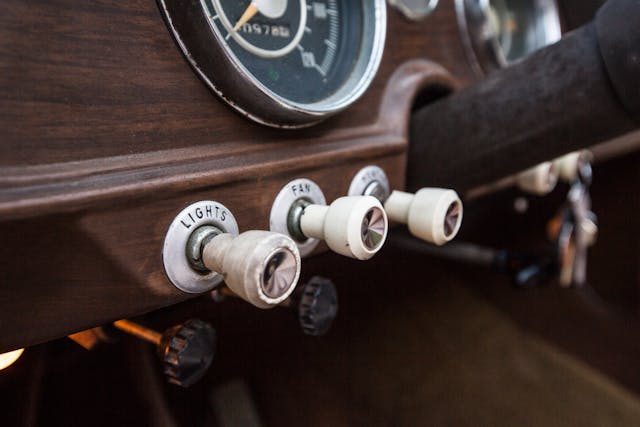
Further refreshed 1963 Larks offered thinner roof pillars and a new windshield for an airier appearance, plus more interior updates. Even so, with its dowdy silhouette (“Doors that pass the hat test,” crowed a period TV spot), the bread-and-butter Lark sedan still looked like the love child of a Checker Marathon and a Borgward Isabella—in short, it was a car struggling to climb out of the 1950s.
Despite its bravest attempts, Studebaker’s finances were in tumult, and the company succumbed in 1966. Yet in retrospect, the 1963 Daytona models with the 289 V-8 and the four-speed gearbox surely attract modern collectors, as does the Wagonaire with its fantastic sliding roof. Catch one if you can.
1962 Studebaker Lark Daytona
Engine: 289-cubic-inch V-8
Power: 210 hp @ 4500 rpm
Torque: 300 lb-ft @ 2800 rpm
Weight: 3075 lb
0–60 mph: 12.9 sec
Price when new: $2679
Hagerty #3-condition value: $19,100–$23,900
This article first appeared in Hagerty Drivers Club magazine. Click here to subscribe and join the club.
Check out the Hagerty Media homepage so you don’t miss a single story, or better yet, bookmark it.


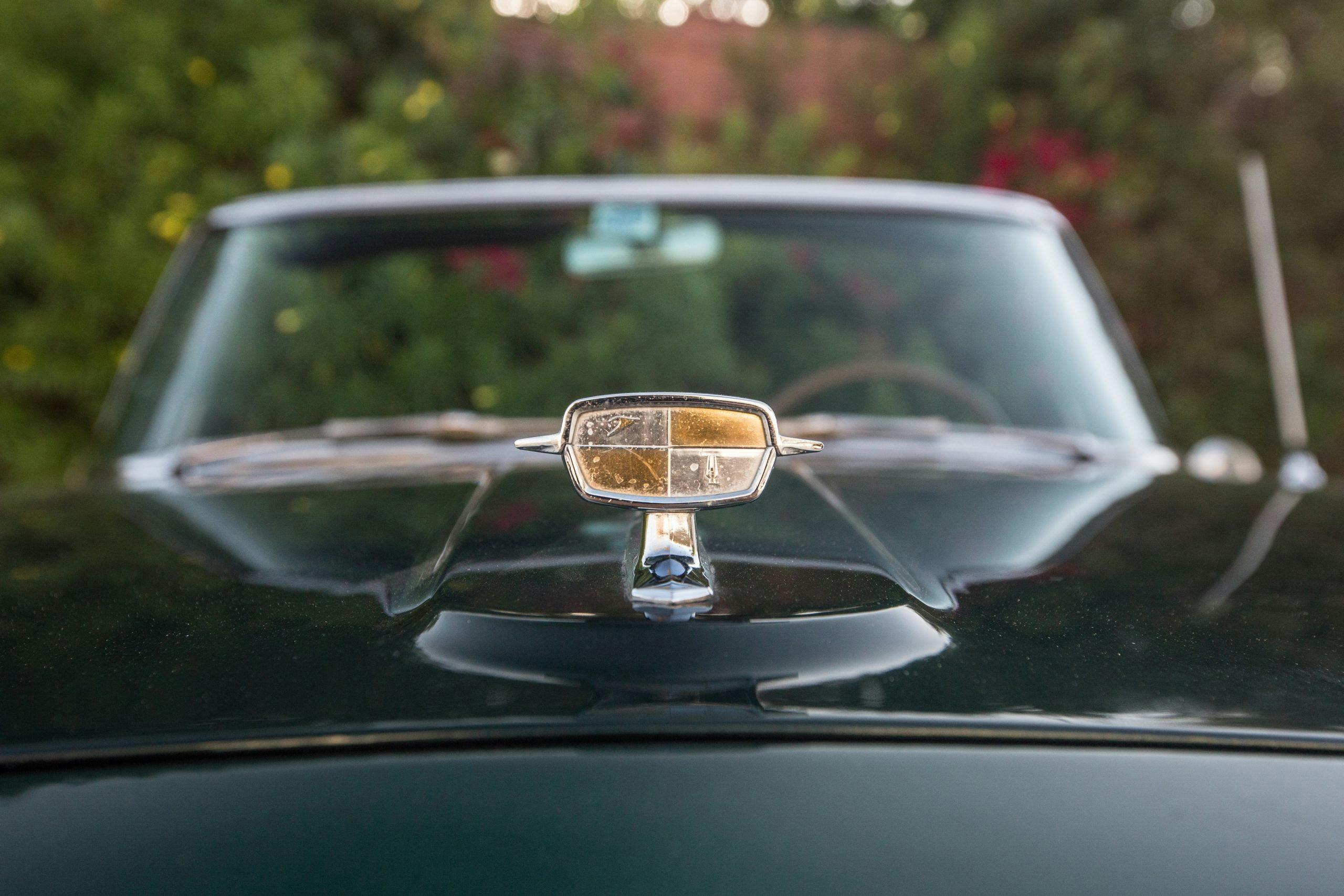
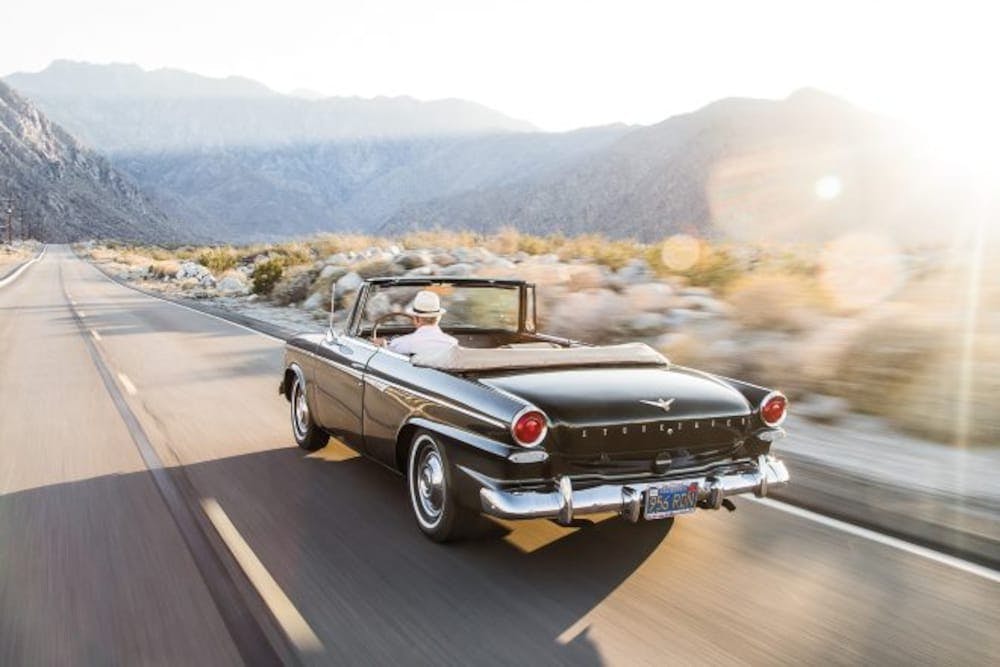
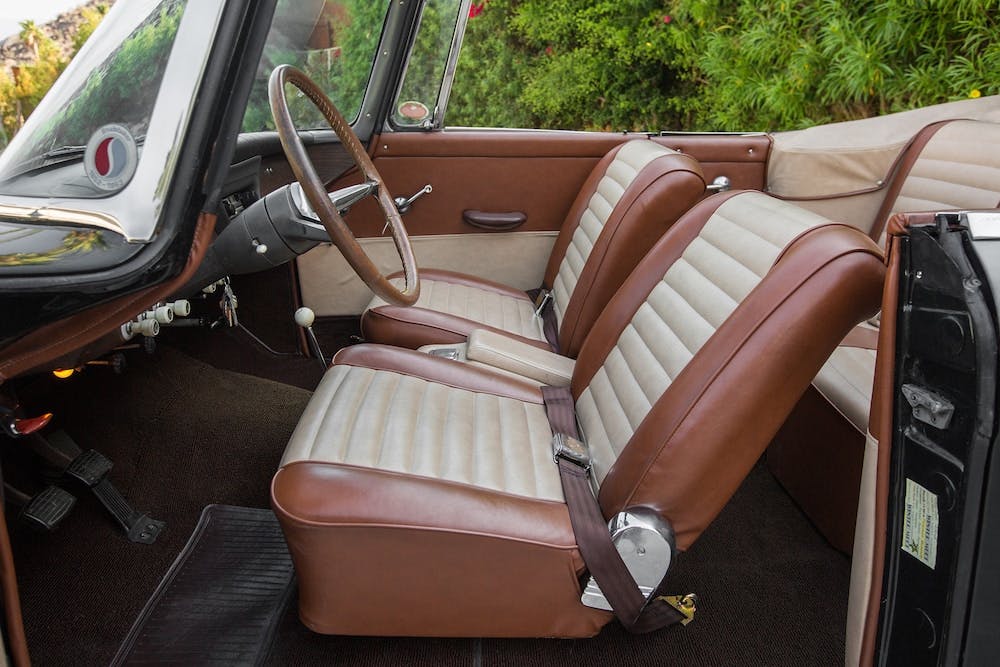
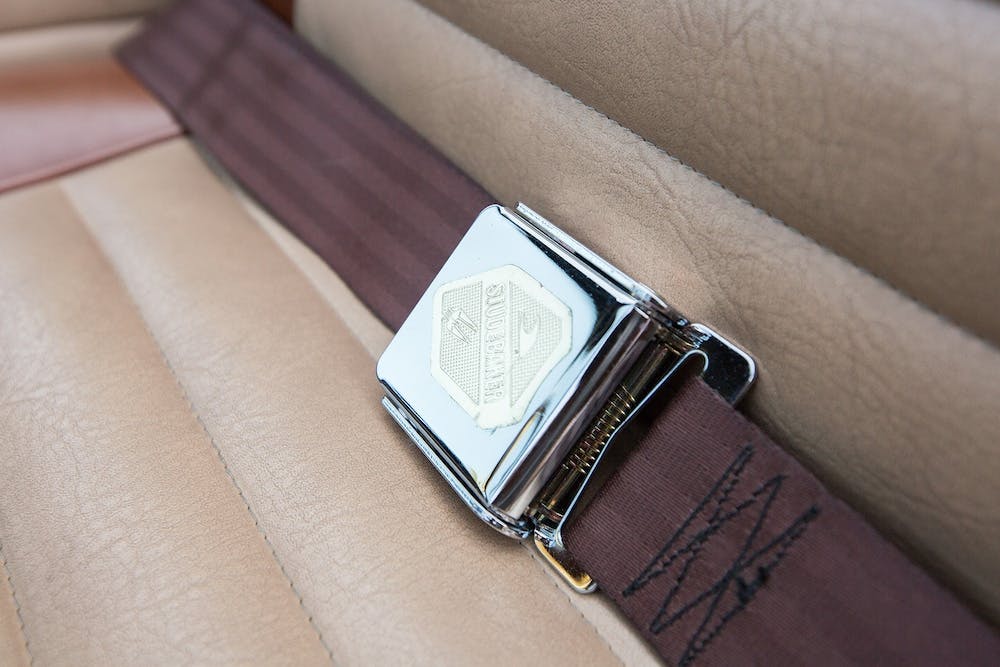

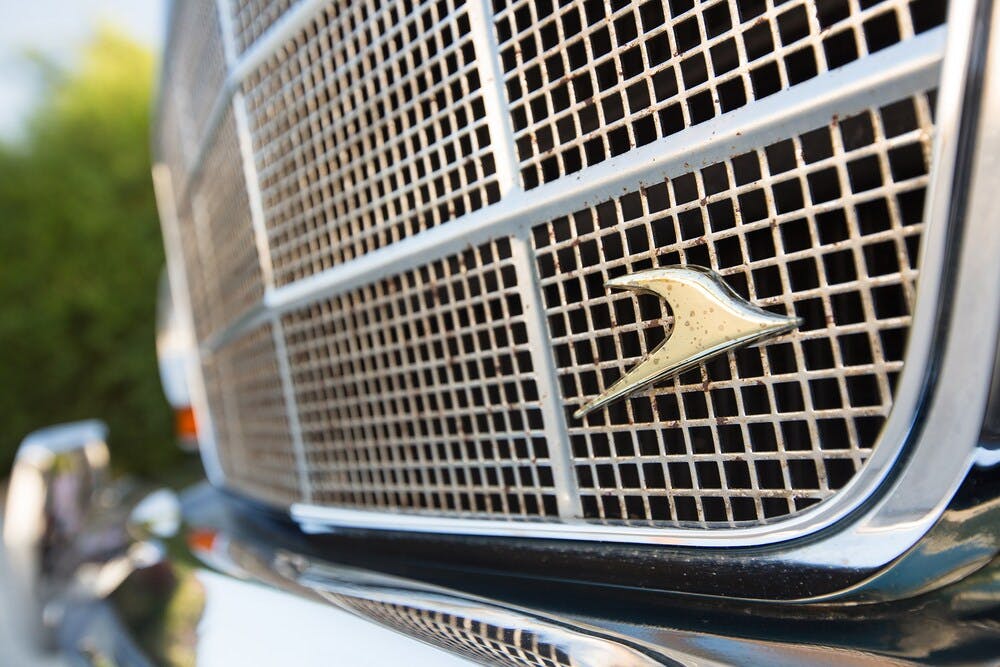
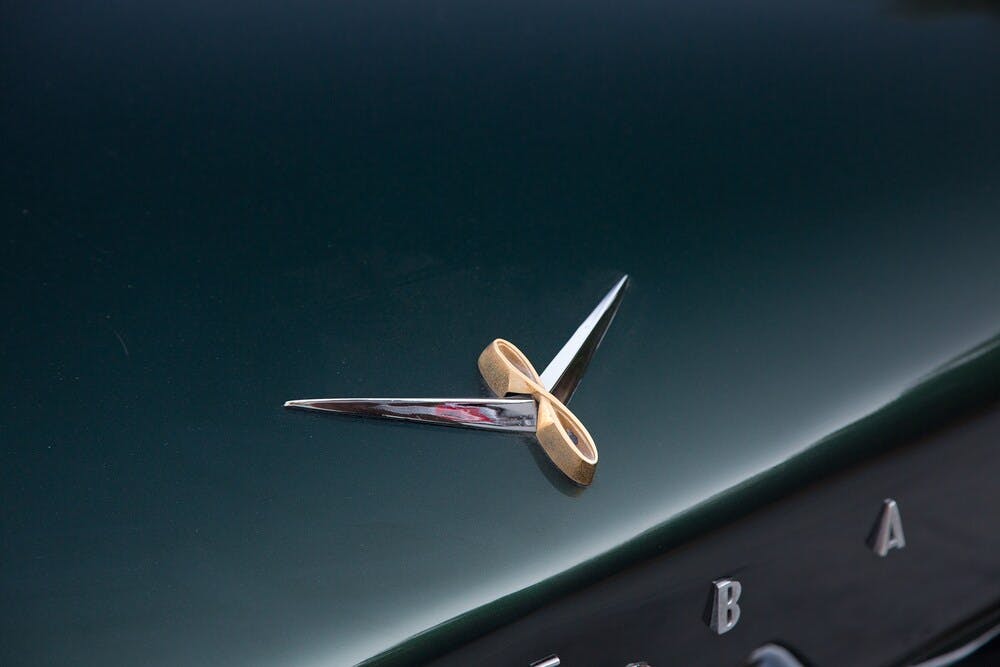


There is a 1965 2 door coupe racing in A sedan in the Seattle area vintage races with the V8 (Chevy). The last 2 years Studebaker used the small block Chevy.
I’m a big Studebaker fan. I have a 1964 Daytona convertible, but I’m always on the lookout for a 1966 Daytona sport coupe. Of course without power steering and power/disc brakes, driving is a bit challenging given how fast and close traffic flows nowadays.
Bought a new 61 Lark convertible. Loved it wish I had it now!